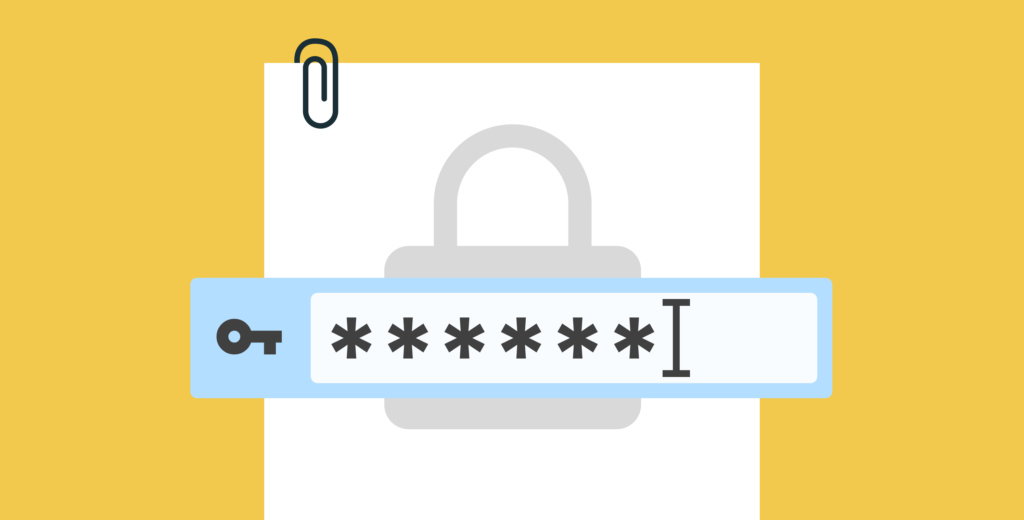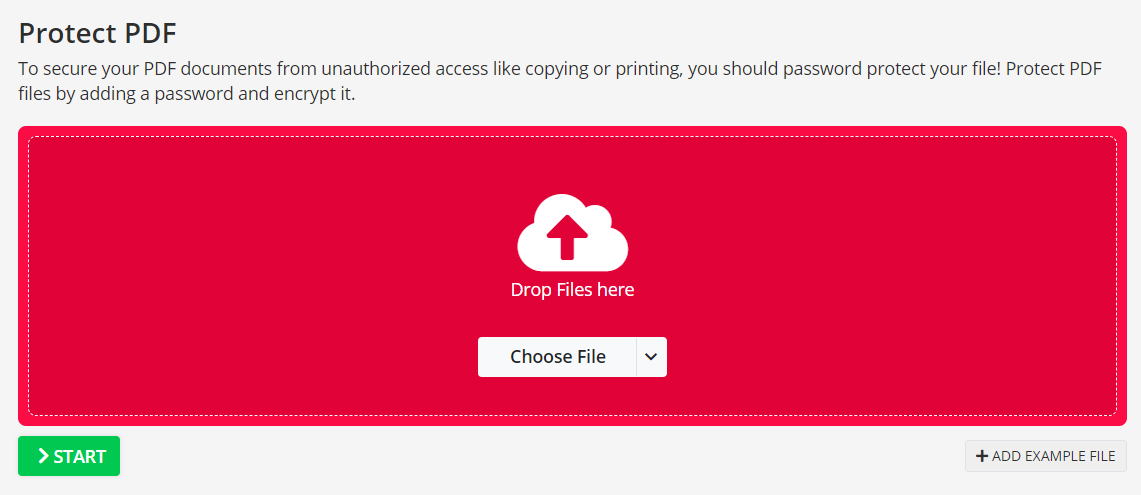Protecting PDF Documents From Unauthorized Access
In the business world, you would be hard pressed to find someone that is unfamiliar with a PDF or “Portable Document Format”. Whether it be sharing files, signing documents, or locking a document, PDF are commonplace. For those unfamiliar with its roots, the PDF file format was developed to share documents, including text formatting and inline images, among computer users of disparate platforms who may not have access to mutually compatible application software. Today, Adobe’s PDF format is used all around the world as the benchmark for document standardization.
Protecting PDF Documents From Unauthorized Access
To understand the security issues with a standard PDF file, let’s start by diving into the use of PDFs and why they are used. In today’s age, distributing documents in PDF format is standard practise in the business world. Converting various business documents into a standard format like a PDF is commonplace as it helps standardize what is being sent to a client, stakeholder, employees, and/or a record that needs to be processed, signed, or simply stored. Companies do this for several reasons like:
- Ease of digital signatures (e.g., contracts)
- The sending of presentations to prevent them from being modified
- Easy dissemination and portability across various devices
- Shrinks/compresses the file size, which can be especially helpful with large documents
- The ability to password protect the document, which is especially important for sensitive material
Given the diversity of document types, intended audience and security requirements, it can really depend on a variety of factors whether a document needs to be secured or encrypted. However, for things like contracts, legal documents, trade secrets, research, health information, technology development, financial documents, government correspondence, top secret information, and so forth, people need that “next level” security to ensure sensitive or confidential information is not accessed by unauthorized users.
With all the potential for theft and fraudulent use of private information, criminals and hackers readily target businesses, as well as various government entities to steal information that can become lucrative for them. Hackers are known for stealing information and/or infecting computer networks with “ransomware” so that the entities they are stolen from must pay to get their information (or network) back. In the business world, much of the theft comes from employees (or former employees) who can get their hands on sensitive material to use or sell somewhere else. At the end of the day, it is clear that there is plenty of incentives for nefarious characters to seek out sensitive material which means that the owner of that information needs to take special care to make sure that data stays private.
Data and information stored in a PDF is one way a company can protect document information as PDF editors such as Adobe Acrobat have native tools such as password protection. Password protection is nothing new, password protecting your “PDF” files is a twenty-year-old technology that is standard practice across many businesses. Simply having a password can be a deterrent for “just anybody” being able to view or access sensitive information, especially those who are not as technologically savvy. However, often that level of security just is not enough.
Beyond a simple password, there is also the option to use Certificate Encryption where the PDF file is encrypted using the recipient’s public key and where only a corresponding private key can unlock it. This is more secure than protecting a PDF with a password since the password cannot be easily cracked. However, just like passwords it does nothing to prevent authorized users from decrypting the PDF and sharing it with non-authorized users.

Many industries will likely have a business need for an extra layer of security than your traditional PDF password protector, given the various security holes they have.
Let’s look at a few specific industries that would need an increased level of security:
1. Legal Services:
Lawyers, law professionals and their support staff work with sensitive material every single day. In that profession, different law firms manage a wide range of clients which can include private, corporate and government, so the type of information can vary widely. For private cases, lawyers have documentation on things like divorce settlements, private family dealings, as well as monetary disclosures that need to be kept private. In corporate cases, there could be intellectual property, competitive information, merger & acquisition discussions as well as employee settlements that could bring a lot of scrutiny on the company or negatively impact a deal. Within the government, there are employment, national security, and other classified material that could cause a media storm or an international incident.
2. Pharmaceutical Companies & Healthcare:
In the world of pharmaceuticals, billions of dollars are invested over the course of decades on research, clinical trials, and manufacturing to bring a drug to market. Not only does the drug compound need to stay proprietary before reaching FDA approval so that that company can recoup their costs and release the product, but many stages of this process involve working with sensitive patient information (HIPPA Compliance Required). That means that every file, every contract, every patient record needs to be secured at the highest levels. On top of all of that, there are regulatory compliance requirements that govern that data and do require quality containment that adhere to “Good Documentation Practices”.
3. Financial & Banking:
A lot of banking activities are now done online, and many banks and financial houses keep documentation in PDF format for a variety of reasons. Financial institutions will have private information about accounts, balances, and other products that are not the business of outsiders. As one can imagine, there could be major consequences if loan information submitted by private citizens were inadvertently exposed to outsiders.
There are thousands of companies just like the above that need enhanced document protection from outside parties to ensure their sensitive or classified information does not find its way into the wrong hands. A businesses reputation, legal recourse and more dangerous consequences can be the result of a lack luster security approach to document management. A simple Google search can educate anybody on cracking a PDF’s password, which means that the baseline Adobe PDF security options only delay those who seek to gain access to businesses sensitive documents, it will not stop them. To improve the level of security on your PDF documents, an additional layer of protection is required such as DRM or digital rights management platform. PDF DRM stops document sharing, stopping copy & pasting, controlling who can see the data, where the information can be accessed from, how long something can be viewed, and maintaining the ability to revoke access.
Read More:Ways Identity Access Governance Helps You and Keep Your Identity Clear Of The Hacks



